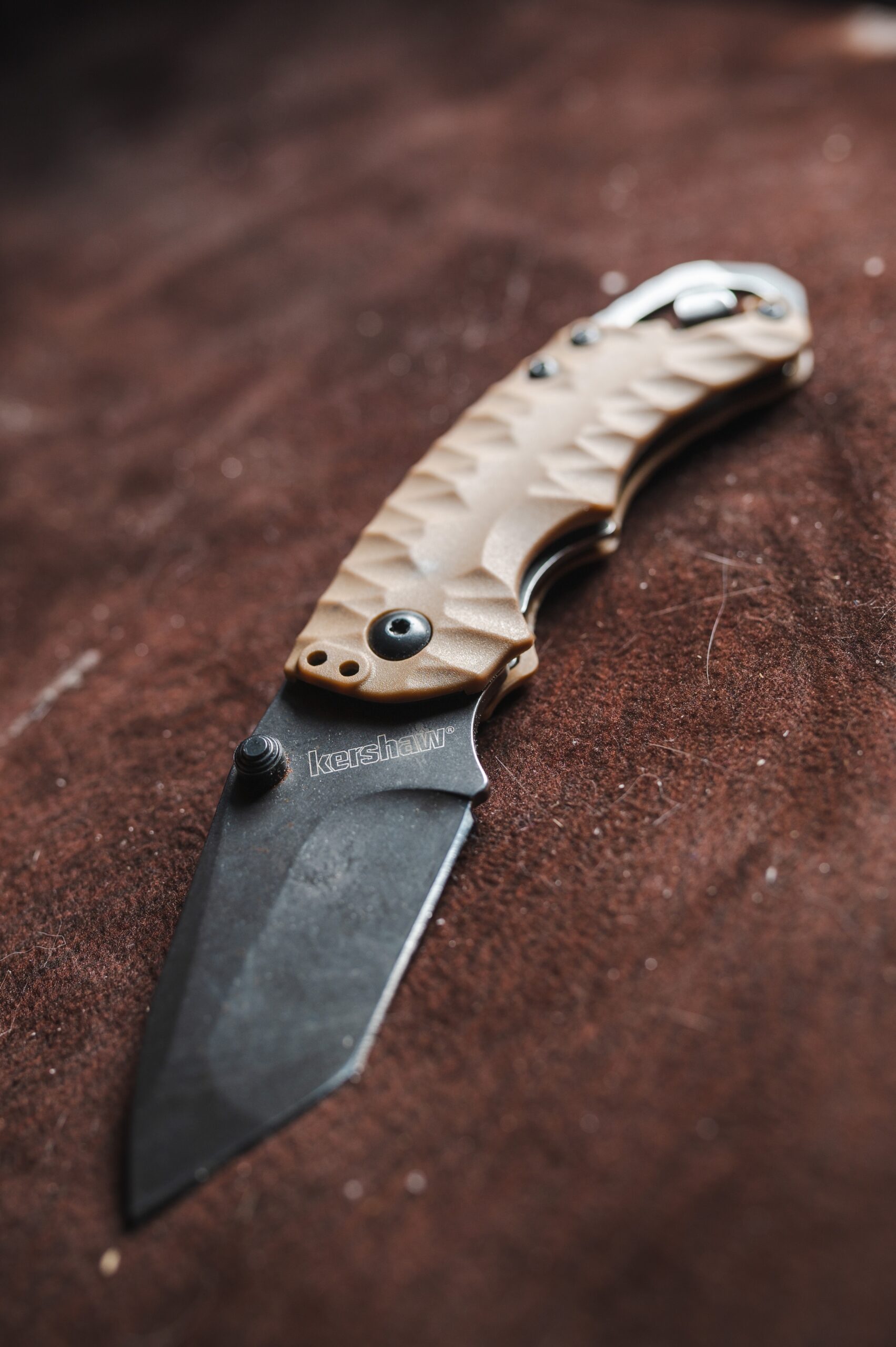Introduction
A survival knife is an indispensable tool for anyone venturing into the great outdoors. From building shelters to preparing food, a high-quality survival knife can be a lifeline in emergency situations. However, with a plethora of options available, finding the right one can be overwhelming. In this guide, we’ll break down the essential factors to consider when selecting the perfect survival knife.
Blade Type and Material
The blade is the heart of any survival knife, so it’s vital to understand the various blade types and materials available:
1. Blade Types: There are three primary blade styles – drop point, tanto, and clip point. The drop point is versatile and great for general tasks, while the tanto is robust and excels at piercing. The clip point offers excellent precision and control.
2. Blade Material: High-quality stainless steel blades are corrosion-resistant and durable. Look for options like 440C, VG-10, or S30V steel for a balance between edge retention and ease of sharpening.
Size and Tang
The size of the knife plays a significant role in its functionality and portability. Consider the following factors:
1. Blade Length: A blade length between 4 to 6 inches strikes a balance between versatility and control. It’s long enough for various tasks yet manageable for intricate work.
2. Tang: The tang refers to the portion of the blade that extends into the handle. A full tang, where the blade runs the entire length of the handle, provides strength and durability. A partial tang might be suitable for smaller tasks.
Handle Design and Material
A comfortable and ergonomic handle is crucial for extended use and control:
1. Handle Design: Look for a handle that fits comfortably in your hand and offers a secure grip, even when wet. Avoid overly complex designs that might trap dirt or moisture.
2. Handle Material: Durable materials like G-10, Micarta, or textured rubber are popular choices due to their non-slip properties and resistance to wear.
Fixed vs. Folding
Survival knives generally come in two formats – fixed blade and folding blade:
1. Fixed Blade: Fixed blade knives are more robust and reliable, making them ideal for heavy-duty tasks. They are easy to clean and maintain, making them a staple in survival scenarios.
2. Folding Blade: Folding knives are more compact and easily portable, but they might not be as sturdy as fixed blades. They are better suited for everyday tasks and light outdoor activities.
Extras and Accessories
Additional features can enhance the functionality of your survival knife:
1. Serrated Edge: Some survival knives have a partially serrated edge for tasks like cutting rope or sawing through small branches.
2. Fire Starter: Certain survival knives come with a fire starter rod, which can be invaluable for starting fires in emergency situations.
3. Sheath: A reliable sheath ensures safe storage and quick access to your knife. Look for one that securely holds the knife in place and has multiple attachment options.
Budget Considerations
While quality often comes with a price, finding a balance between your budget and the features you need is essential. Consider your requirements and invest in a knife that meets them while still offering good value for money.
Conclusion
Selecting the right survival knife is a critical decision for outdoor enthusiasts and those prioritizing preparedness. By assessing blade type, size, tang, handle design, and additional features, you can find a survival knife that suits your needs and enhances your outdoor experience. Remember, your survival knife is more than just a tool; it’s a reliable companion that can make a significant difference in your ability to handle challenges and thrive in the wild.
